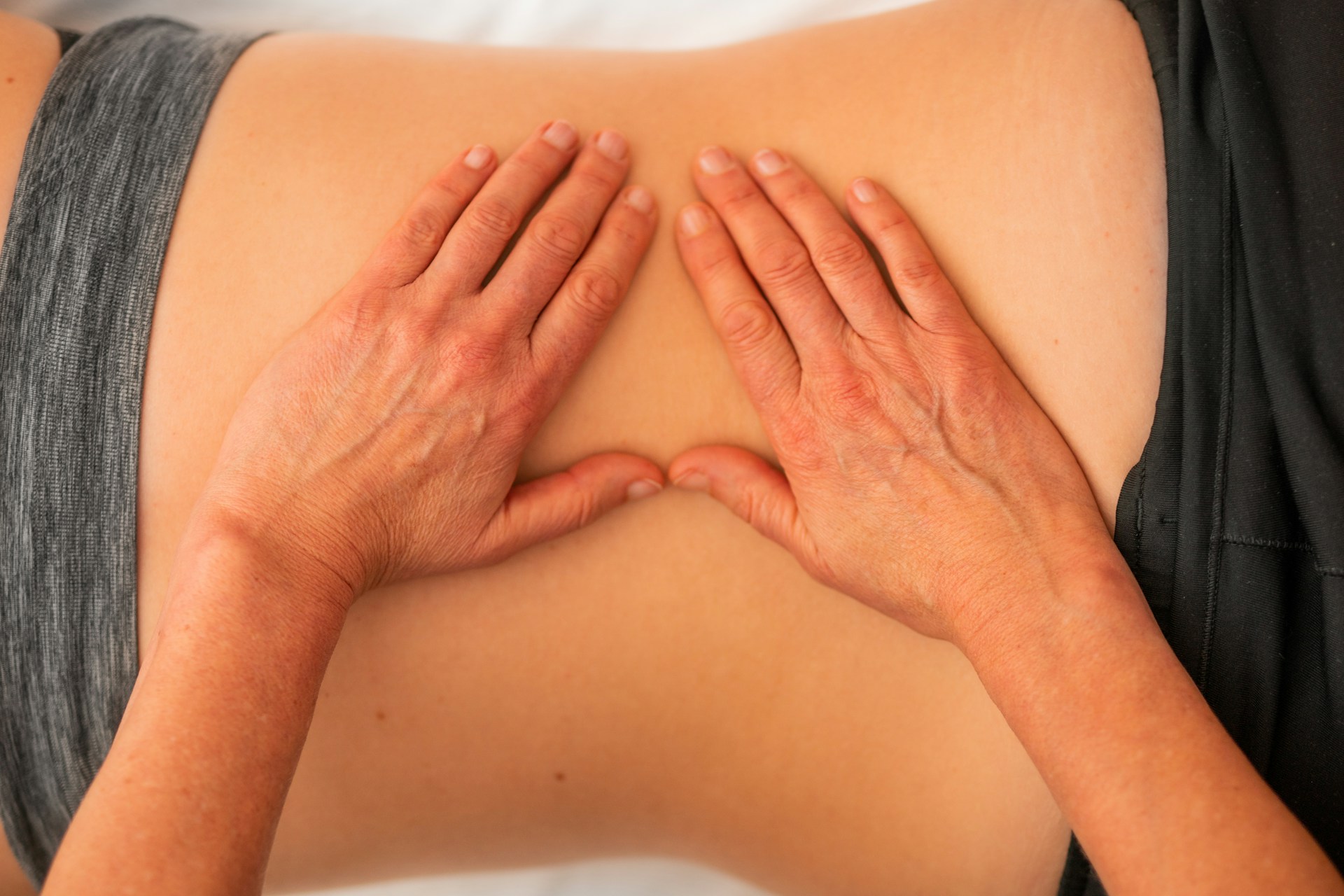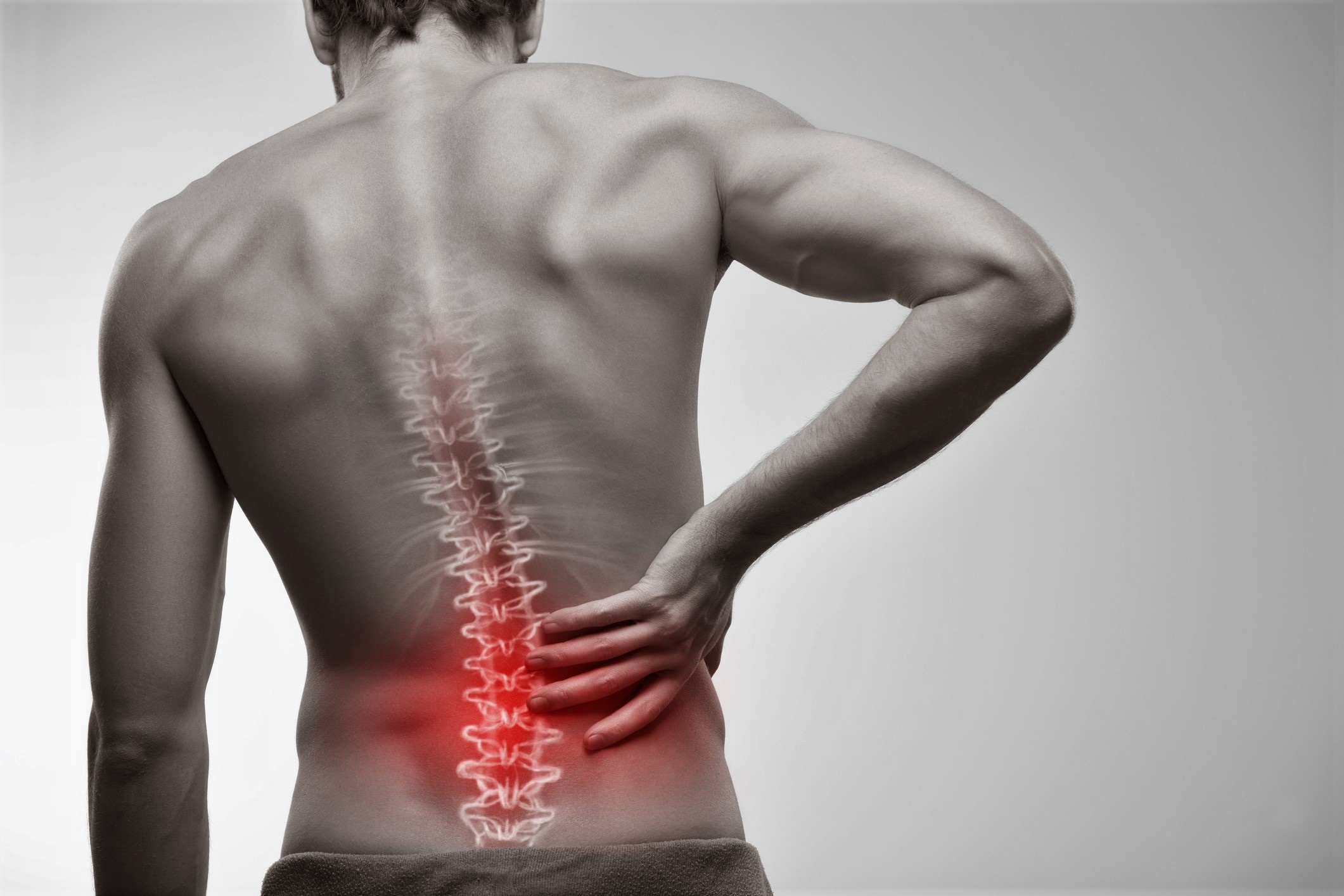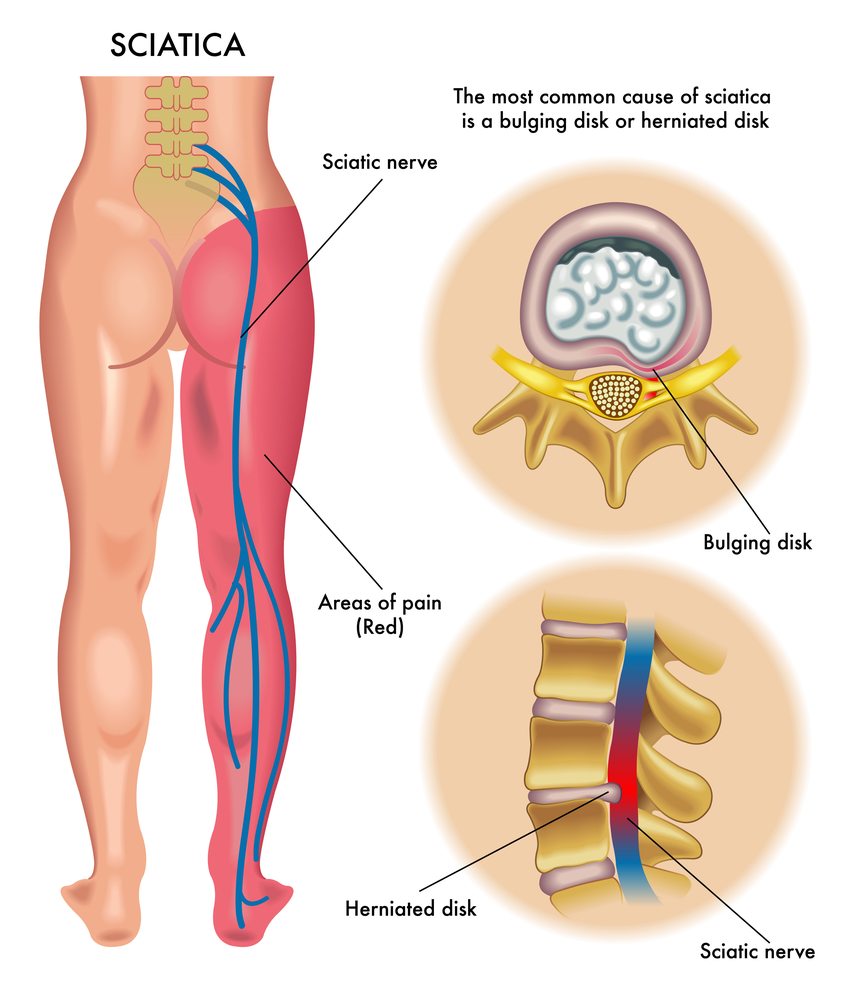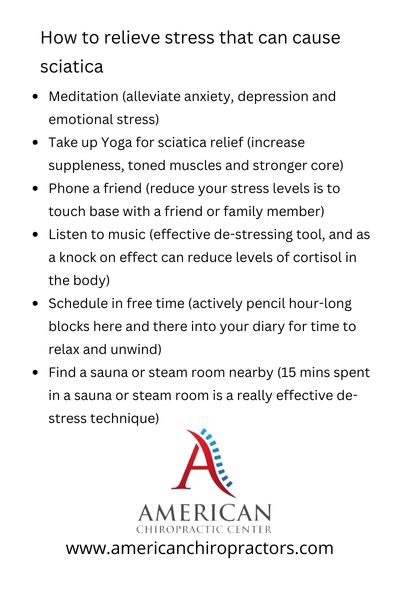Comprehensive Guide to Headaches and Migraines – Causes, Triggers, and Treatment
Do you suffer from headaches or migraines? If so, you’re not alone. Millions of people around the world experience these painful conditions on a regular basis. In this comprehensive guide, we’ll provide an overview of headaches and migraines, including their causes and triggers as well as treatment options. We hope this information will help you better understand your condition and find relief from your symptoms.
Read More About Comprehensive Guide to Headaches and Migraines – Causes, Triggers, and Treatment
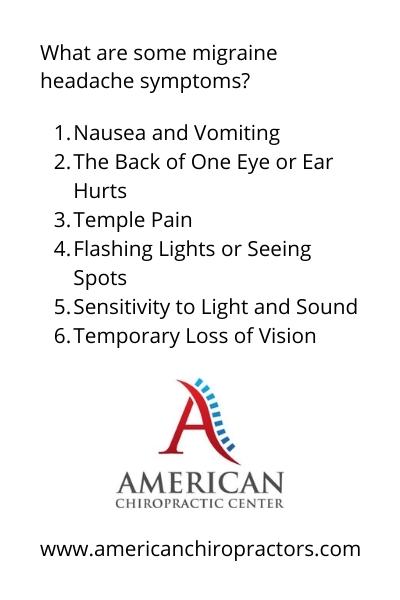
More Things To Know About Comprehensive Guide to Headaches and Migraines – Causes, Triggers, and Treatment

How Do You Describe a Headache?
Headaches are uncomfortable pains that can cause mounting pressure and discomfort in your head. There is a wide range of head pain, and it usually occurs on both sides of the head. Headaches can occur in certain areas such as the temples, forehead, and back of the neck. The duration of a headache can vary from a quick 30 minutes to over a week. The Mayo Clinic describes tension headaches as the most common type of headache people experience. These types of headaches are triggered by stress, muscular strain, and anxiety.
Types of Headaches
Cluster Headaches
The pain of cluster headaches is severe and occurs on one side of your head. You go through cycles of periods of headaches followed by periods where you do not experience headaches.
Sinus Headaches
A sinus headache is often mistaken for migraine since sinus infection symptoms such as a stuffy nose, fever, congestion, cough, and facial pressure appear with sinus headaches.
Chiari Headaches
Birth defects such as Chiari malformations can cause headaches caused by a compressed skull, causing pain behind the head.
Thunderclap Headaches
Thunderclap headaches are severe headaches that develop in fewer than 60 seconds. There is a possibility that it is indicative of a subarachnoid hemorrhage, a serious medical condition that requires immediate medical attention. This may also result from a stroke or aneurysm. Contact 911 if you have this type of headache.
What Is a Migraine?
They are acute or severe headaches that often involve other symptoms besides pain in the head. There are some migraine headache symptoms:
• Nausea and Vomiting
• The Back of One Eye or Ear Hurts
• Temple Pain
• Flashing Lights or Seeing Spots
• Sensitivity to Light and Sound
• Temporary Loss of Vision
Migraine pain can be moderate to severe compared to tension or other headache types. There may be situations in which people seek emergency care because their headaches are so severe. People who suffer migraine headaches tend to experience them only on one side of the head. In some cases, however, migraine headaches can affect both sides of the head. Among other differences, a migraine headache causes intense, throbbing pain that makes it difficult to perform daily tasks.
There are normally two types of migraine headaches: migraines with auras and migraines without auras. The aura is a sense of feeling that someone experiences before a migraine begins. An aura will usually occur 10 to 30 minutes before migraines begin. The following aura symptoms may occur:
- Lack of mental alertness or difficulty thinking
- Lights flashing or lines appearing
- The face or hands feel tingly or numb
- Being able to detect unusual smells, tastes, or sensations
A migraine sufferer may have symptoms a day or two before the headache itself begins. A “prodrome” phase can have more subtle warning signs, such as:
- Depression
- Constipation
- Irritability
- Frequently yawning
- Having stiff necks
- Strange food cravings
What Triggers Migraines
Those who suffer from migraines report numerous factors that contribute to them. Such factors may include:
Experiencing Emotional Stress – Experiencing emotional stress. As a reaction to stressful situations, certain chemicals in the brain are released into the body (known as the “flight or fight” response). A migraine can result from these chemicals being released. Worry, anxiety, and excitement can dilate blood vessels and increase muscle tension. Migraines can become more severe as a result.
Missing Meals – Eating late can trigger migraine headaches as well.
Chemical and Preservative Sensitivity in Foods – Several foods and beverages, including aged cheese, chocolate, alcoholic beverages, and food additives such as nitrates (found in hot dogs, pepperoni, and luncheon meats), as well as fermented or pickled foods, are thought to be responsible for up to 30% of migraine attacks.
Taking in Caffeine – When the caffeine level drops abruptly after excessive caffeine consumption or withdrawal from caffeine, headaches may result. It appears that caffeine sensitizes your blood vessels, so you may suffer from headaches if you don’t get it regularly. Some health care providers recommend caffeine to help treat acute migraine attacks, but that is not recommended on a regular basis.
Medication Overuse Headaches– You can get a rebound headache if you take headache pain medication too often.
Female Hormonal Changes – Menstrual periods are more likely to cause migraines in women. Menstrual migraines may also be triggered by estrogen’s sudden drop during menstruation. Taking birth control pills and using hormone replacement therapy can also alter hormone levels. As estrogen fluctuates less frequently in young girls and postmenopausal women, migraines are generally worse between puberty and menopause. After menopause, you may experience fewer headaches if hormones are a contributing factor to your migraines. Generally speaking, men do not suffer migraines from hormonal changes.
Light – Lights from fluorescent lights, fluorescent bulbs, fluorescent TVs and computers, and sunlight can trigger your migraines.
Other possible triggers include:
- Strong winds, storm fronts, barometric pressure fluctuations, or changes in altitude are examples of changing weather conditions
- Being overtired & Being overworked
- Eating too little or not drinking enough water
- Changing your sleep pattern
- Loud noises
- Being exposed to smoke, perfume, and other odors
- Blood vessels swell as a result of certain medications
The Four Stages of Migraine
Prodrome (premonitory), aura, headache, and postdrome are the four stages in chronological order. 30 percent of headache sufferers experience symptoms before the pain actually appears.
Phase 1: Premonitory
The premonitory phase is also known as the prodrome phase or preheadache phase. Nonpainful symptoms can occur days or hours before the headache appears.
The following symptoms may appear during the premonitory phase:
- Unpredictable mood swings
- Food cravings
- Neck stiffness
- Yawning frequently
- Diarrhea or constipation
- Light sensitivity, sound sensitivity, or smell sensitivity
Phase 2: Aura
When a migraine attack begins, you may experience auras. This can manifest in different sensory disruptions like visual disturbances. People’s vision, touch, and speech may be affected by auras.
One or both eyes can be affected by auras that cause the following symptoms:
- Lights flashing
- Zigzag lines
- Vision blurriness
- Expanding blind spots
The arms and faces get numb or tingly when sensory auras occur.
People with motor auras have difficulty communicating and thinking clearly. Some examples of motor auras are:
- Jumbled or slurred speech
- An inability to understand what other people say
- Composing words or sentences with difficulty
- Not being able to think clearly
Phase 3: Headache
There are different degrees of migraine headaches and can range from mild to severe. Migraine headaches that are severe may require medical attention.
The pain gets worse if you exercise or are exposed to sound, light, or smells. However, migraine episodes are not necessarily accompanied by headaches.
Phase 4: Postdrome
Afterward, the headache subsides, and the postdrome phase begins. The postdrome phase may cause people to feel confused, exhausted, or generally unwell.
There is no set length for this phase. It could last anywhere from a few hours to several days.
Migraine Risk Factors
People often can’t predict who will get a migraine or not, but there are certain factors that make you more susceptible. The following are some of the risk factors:
Genetics – A first-degree relative with migraine headaches may account for up to 80% of migraine sufferers.
Gender – It is more common for women to experience migraine headaches than for men, especially those between the ages of 15 and 55. The hormonal influence may make it more common among women.
Stress – If you have a lot of stress, you may get migraines more frequently. Migraines are often triggered by stress.
Smoking
Migraine Treatment
Having migraine headaches is a chronic condition. It’s impossible to cure them, but you can manage them and perhaps even improve them. Medication is used in two main treatment approaches: preventive and abortive.
You should use abortive medications as soon as you notice a migraine coming on. Whenever possible, you should take these medications if you are experiencing mild migraines. An abortive medication may stop or reduce migraine symptoms, such as pain, nausea, and light sensitivity, by stopping or delaying the headache process. The throbbing pain is relieved with abortive medications that constrict blood vessels.
If you suffer from frequent headaches, especially a severe headache, that is disrupting your daily life, you should be prescribed prophylactic preventive medications. By reducing the frequency and severity of headaches, these medications can improve your quality of life. It is generally recommended that migraine preventative medications be taken regularly and daily.
There are also other ways that can help manage your migraine. Having a migraine or headache journal can effectively track your headache pain, whether they can be tension headaches or cluster headaches, a doctor will find it extremely helpful when diagnosing you. Take note of your migraine triggers, whether your migraines were primary headaches and developed into something more painful. Read more on how you can use a migraine journal below.
How Do Migraine Journals Work?
Not only does keeping a migraine journal benefit you, but it also helps your healthcare provider diagnose the condition. Prior to, during, and after a migraine attack, you should detail and update your journal. Track the following in your journal:
- When the migraine began – including the date and time, and the time passed for each phase.
- Your symptoms
- Hours of sleep & Stress levels
- Cause of stress
- Weather conditions
- Food and water intake
- Describe the migraine/headache pain and rate it
- Location of the pain
- Ingested medications, supplements, even prescriptive medication
- Method of Treatment – What did you do/use to relieve headache pain. If you used over-the-counter medicine or prescription medications include the dosage and time.
- Other triggers – overexertion from physical activity, light exposure, hormone changes from the menstruation period.
If you don’t want to use a pen and paper, you can keep a migraine journal using smartphone apps.
Headache Treatment
Over-the-Counter Medication
In most cases, tension headaches are treatable by over-the-counter remedies. Some medications include:
- Aspirin
- Acetaminophen
- Ibuprofen
Relaxation Techniques and Methods
Stress is a contributor to most headaches, so reducing stress can reduce headache pain and the risk for upcoming headaches in the future. Here are some suggestions:
- Warm compresses, hot showers, or other forms of heat therapy
- Massages
- Mindfulness Meditation
- Stretching your neck
- Relaxing exercises
Other Questions About Migraine Headaches
How Often Does a Migraine Occur?
There is no limit to the frequency of migraines: they can occur once a week, a year, or any other time period in between. The most common frequency is two and four migraines per month.
Do Migraine Headaches Occur Often?
The number of adults who experience headaches is estimated at nearly half and 12% of Americans suffer from migraines. About three out of four women suffer from migraine headaches.
Can Migraines Be Inherited?
Migraines are often inherited by your family. Nearly four out of five migraine sufferers have a family history of the condition. A child of parents who have a migraine history is 50% more likely to develop one. A family history of migraines increases the risk by 75% if both parents have migraines. It is estimated that up to 80% of people who experience migraines have a first-degree relative who also experiences migraines.
Why Do Migraines Occur?
Migraine headaches have a complex cause and are not fully understood. Your brain receives pain signals from specific nerves in your blood vessels when you have a headache. Your head’s nerves and blood vessels are irritated, releasing inflammatory substances. How it happens is still unclear.
We Can Help with Your Headaches and Migraines
It’s important to know the difference between a headache and a migraine. Headaches are not always severe but can be debilitating, whereas migraines typically include intense pain that comes with nausea or vomiting, sensitivity to light or sound, and sometimes visual disturbances like seeing flashing lights. If you feel any of these symptoms it may be time to call your healthcare provider for some help – don’t wait! We want everyone suffering from headaches or migraines to have quick relief so they can get back on their feet quickly. Our specialists are ready for whatever you need- just give us a call today.













